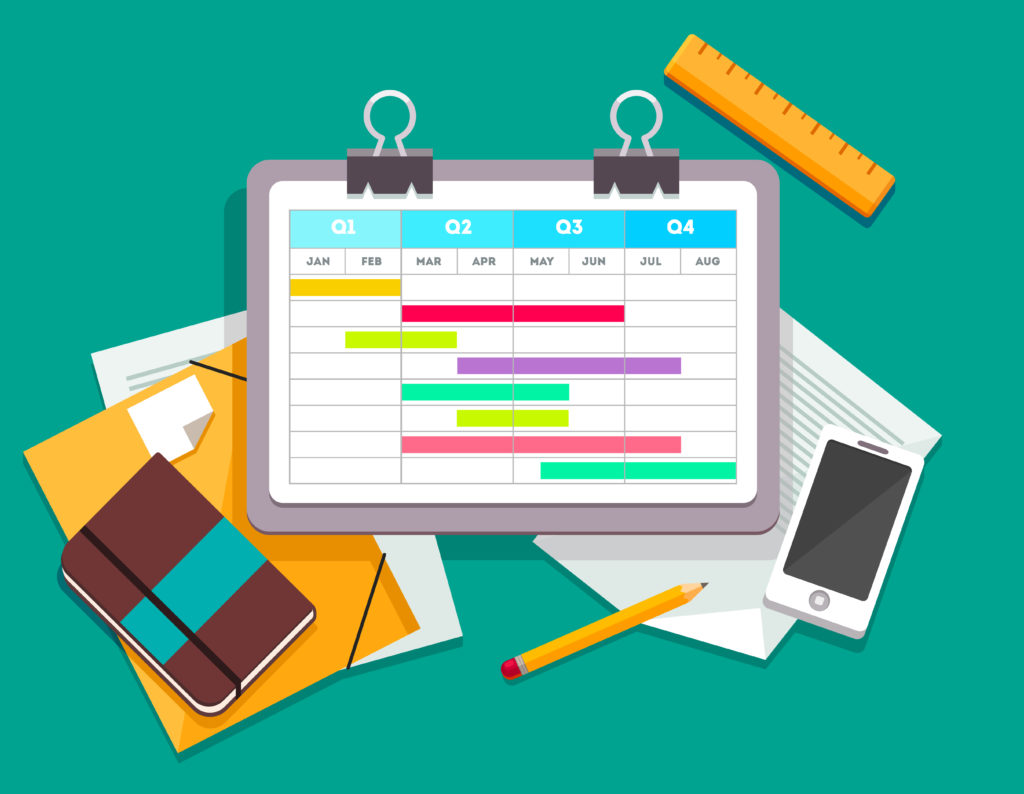Understanding where you are going makes it easier to get there.
It’s easy for project managers to get caught up in day-to-day deadlines, issues and pressures, and lose sight of the bigger picture. Which is why there is the need for a high-level overview that keeps the project on track. The project roadmap is the strategic plan that explains the goal of the project, by looking at overall project milestones rather than daily task-related ones.
If the project is a jigsaw puzzle, then having a project roadmap ensures that everyone on the team understands which piece of the puzzle they’re working on. It provides a sense of purpose to individual team members and provides direction to the team as a whole.
Here are some key things to remember when creating your project roadmap:
- Allow for “fuzzy time” as and when required
Some tasks cannot be sharply defined, but should not be allowed to slip between the cracks. The concept of “fuzzy time” allows for flexibility when it comes to certain tasks, while ensuring that they are still identified and tracked.
- Treat it like an actual map
Just like an actual map shows you the entire landscape and puts your journey, location and destination in context, your project roadmap should do the same. In a single snapshot, it should immediately give you an understanding of where you are, what direction you’re heading in, and your path to the end goal.
- Be visual
Your project roadmap, if done right, should serve as the visual cue which gives everyone a shared understanding, common goal and purpose. A Gantt chart is the ideal and accepted way to create a project roadmap.

A successful and effective project roadmap usually includes the following:
- High-level project overview
Articulate your goals and priorities clearly. - Schedule overview
Set the general timeline for the project along with any hard deadlines. - Milestones
Identify the most important dates for the completion of your project. - Dependencies
Show important deliverables and their connections to each other. - Resource allocation
Estimate the cost and human resources needed to complete your project. - Key contacts
Identify the go-to people on your project team.
Try Gantter free for 30 days, and see how easily your Gantt chart can include all the elements above (and much more!), giving you the perfect project roadmap for your execution team as well as your stakeholders!

 Bantter Blog
Bantter Blog